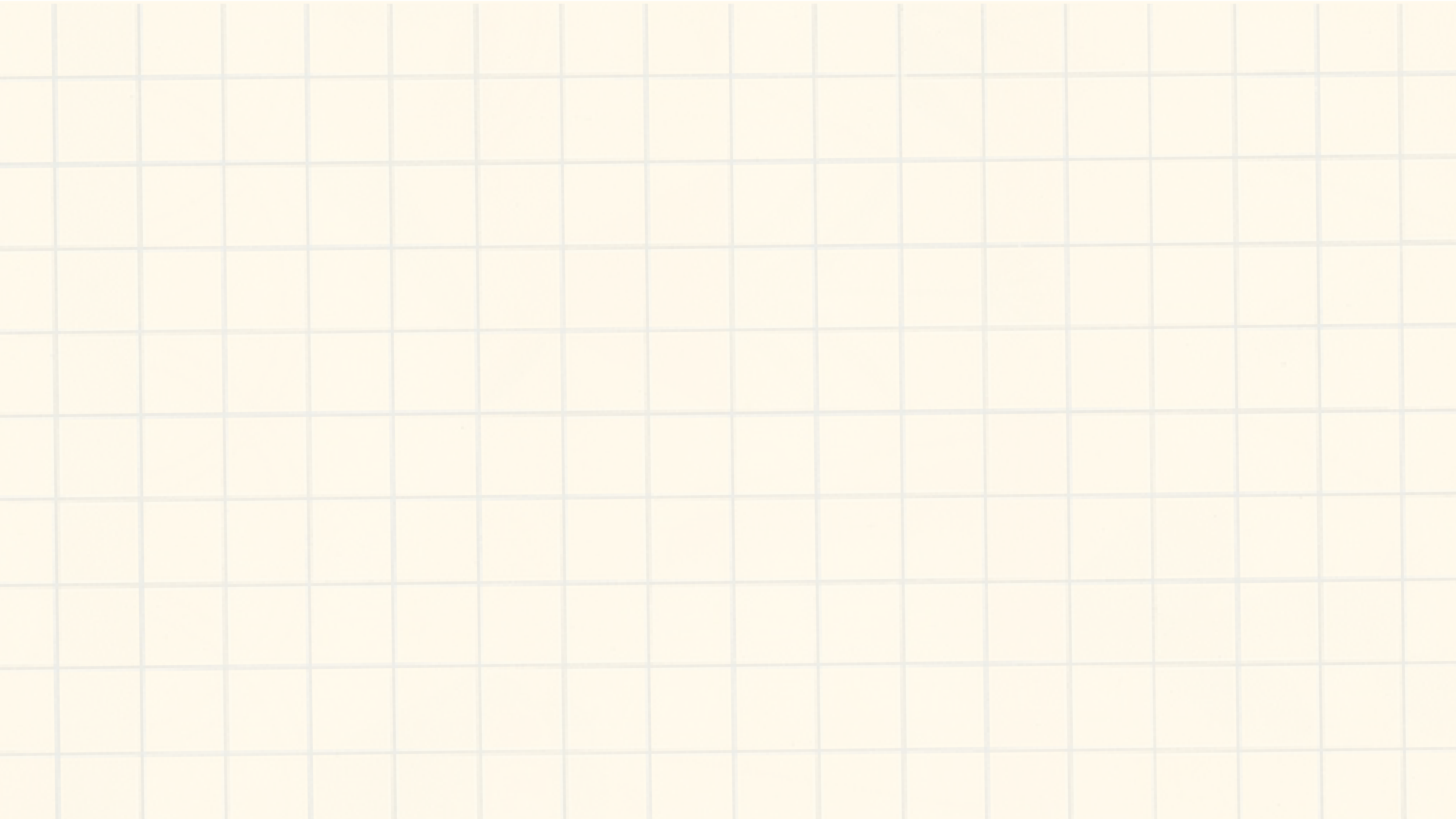
Elevating the everyday by bridging advanced technology with intuitive human experiences.
[ Keywords: AI UX/UI Integration • Digital Twins Technology ]
The Whos.
I’m a designer with a Bachelor of Architecture (BAS) and years of experience as a private consultant working at the intersection of physical and digital spaces. My work spans UX/UI design, the development of digital twin technologies and full-scale creative direction. At the core, I believe that good design is all about creating thoughtful, human-centered solutions that facilitate connection and improve day-to-day experiences.
The Whats.
Project [ 01 ]
Project [ 02 ]
AI UX/UI PRODUCT DESIGN
PROJECT [ 01 ]
Case Study:
Search & Discovery App with ChatGPT Integration
Summary:
UX/UI design for a mobile app that reimagines how people discover new experiences. This case study showcases how the product merges conversational AI with a highly visual, organized interface. Through interactive user engagement, the app enables users to receive tailored recommendations and intuitively store information within custom collections.
Role: Primary Product Designer (UX + UI, concept development, AI integration)
Duration: January 2025 - Present
Team: Independent designer working directly with client.
Tools: Figma, Conceptual AI API ChatGPT
Product Overview:
The product is a search and discovery platform that helps users easily find, save and explore destinations, activities, and experiences tailored to their interests. With personalized recommendations and intuitive search features, it simplifies planning by connecting users to options tailored to their location, travel destinations, personal needs and preferences.
The Challenge
Current search and discovery platforms often overwhelm users with generic suggestions, and storing useful results can be fragmented across multiple apps. Existing tools tend to:
Deliver static search results with minimal personalization.
Lack a visually appealing, centralized space to revisit saved ideas.
Treat conversational search (chat) and content organization (UI) as separate, disconnected experiences.
The Opportunity
With conversational AI becoming more capable, I saw an opportunity to:
Create a context-aware recommendation engine that learns over time.
Merge the human-like understanding of AI with an intuitive, visual interface.
Let AI not only suggest options, but also act directly within the app — organizing and saving results for future use.
The user’s activity trains the AI model on the user’s interests and preferences . This data combined with the ChatGPT chat box functionality generates a comprehensive user profile for a highly-tailored app experience.
Research & Insights
Due to budget constraints, I adopted a lean research approach focused on competitive analysis and informal feedback from peers:
Competitive review: Analyzed 8 relevant search and discovery apps (including Google Maps, All Trails, and Pinterest) to identify strengths and pain points.
Informal feedback sessions: Shared early concepts with peers to gather impressions of usability and value.






















